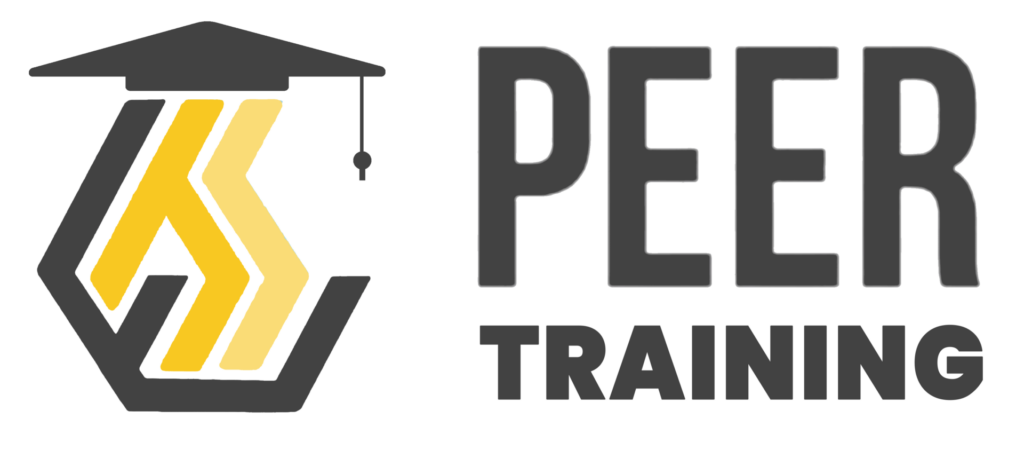
起重督导员指南
在本课程中,您将学习:
- 了解起重作业的介绍和背景,重点关注关键原则和安全实践,以确保起重活动安全高效。
- 探讨起重活动中可能发生的常见系统性失误,强调遵守安全协议和程序的重要性。
- 了解起重主管在监督起重作业、确保正确规划和整个过程中管理安全方面的角色和职责。
- 发现与起重作业期间不固定负载或滑落相关的危险,强调安全索具和负载处理技术的必要性。
- 深入了解移动式起重机起重作业中常见的危险,包括操作风险和安全预防措施。
- 了解起重计划的重要性,详细说明有效的规划如何降低风险并确保安全的起重作业。
- 探索风险评估和工作许可制度在管理起重作业和确保遵守安全标准中的作用。
- 了解起重设备的法定检验要求,确保设备适合使用并符合安全规定。
- 了解起重设备使用前检查的重要性,确保在开始起重活动之前所有机械均能正常运行且安全。
- 了解适合不同操作的起重设备的选择过程,确保起重任务的兼容性和安全性。
- 了解如何准确估计负载的重量,确保起重设备和方法适合安全地处理负载。
- 了解推荐的索具和吊索方法,以确保安全地提升货物并安全运输。
- 探索在起重作业中使用起重机信号,确保操作人员与地面人员之间沟通清晰,避免发生事故,确保起重安全。


